#AskTamara: Do glass dragon tears have Lead? (Aka: Squashed Marbles, Glass Drops, or Mancala Stones)
#AskTamara
Question: Do dragon tears have Lead?
Answer: Some do and some do not.
For those new to the Lead Safe Mama website:
Tamara Rubin is a multiple-federal-award-winning independent advocate for childhood Lead poisoning prevention and consumer goods safety, and a documentary filmmaker. She is also a mother of Lead-poisoned children (two of her four sons were acutely Lead-poisoned in 2005).
- Tamara owns and runs Lead Safe Mama, LLC — a unique community collaborative woman-owned small business for childhood Lead poisoning prevention and consumer goods safety.
- Since July 2022, the work of Lead Safe Mama, LLC has been responsible for six product recalls (FDA and CPSC).
- All test results reported on this website are science-based, accurate, and replicable.
- Please check out our press page to see some of the news coverage of our work, linked here.
Given the nature of the way most colored glass is commonly produced, many dragon tears do have at least some Lead — and some have quite high amounts of Lead, at levels current/ modern regulatory standards consider dangerous for children.
Even NEWLY-made dragon tears often have Lead, but my experience has been that older stones are more likely to contain higher Lead levels compared to newer ones.
Lead levels in a product like this also depend on the market for which they were manufactured.
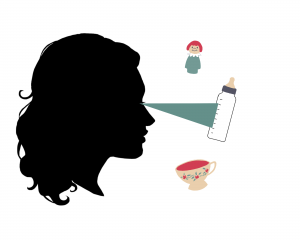
Some glass drops are manufactured and sold for use as children’s toys (in which case they should only test negative for Lead, and if they test positive it should be at levels BELOW 90 parts per million).
Others are sold for art projects or floral applications (like weighing down flower vases in decorative applications, for example) and with an item like that, there is no regulatory measure requiring it to be low-Lead (regardless of the manufacture date).
Below is an image with a variety of glass dragon tears I tested back in 2013. I had these in my home because my children participated in some Waldorf School programs and they are very popular with the Waldorf scene (for a variety of educational uses and applications).
Please note that the highest Lead level of the stones pictured here is 8,590 ppm lead (Pb). In general, I have found that those with an iridescent coating are often higher in Lead than ones without, although it is not always the case.
Please continue to scroll down for the results from XRF testing I conducted on some newly purchased (August 2018) dragon tears/ glass drops/ mancala stones, “Made in Vermont“ by Maple Landmark, intended for use by children (linked here).
In August 2018 I purchased the following product from Amazon (linked here,* images below).
A parent in one of Lead Safe Mama’s online groups for Lead poisoning prevention awareness and advocacy said this specific product was tested with an XRF instrument and found to be Lead-free, however I disputed that allegation based on my experience with this type of product and decided to have them tested myself. (My XRF test results are below the image.)
*It’s possible (and likely!) that for the other parent in my online group the mancala stones were tested by an XRF instrument not designed for consumer goods testing. When testing consumer goods, it is very important to use the right type of instrument as the low threshold of detection is much more sensitive/ accurate on instruments specifically designed to test consumer goods!
Here are the specific XRF test results for the package of Maple Landmark brand (Made in Vermont) glass drops pictured here. Each of the three colors was tested separately, multiple times for at least a minute each, to confirm the results.
Green Glass Maple Landmark Drop
- Lead (Pb): 81 +/- 17 ppm
- Cadmium (Cd): Non-detect (ND)
- Mercury (Hg): Non-detect (ND)
- Barium (Ba): 4,520 +/- 200 ppm
- Antimony (Sb): 2,550 +/- 97 ppm
- Bromine (Br): 10 +/- 3 ppm
- Tin (Sn): 53 +/- 18 ppm
- Zinc (Zn): 680 +/- 63 ppm
- Copper (Cu): 366 +/- 60 ppm
- Iron (Fe): 481 +/- 164 ppm
- Vanadium (V): 1,038 +/- 71 ppm
- Titanium (Ti): 2,233 +/- 137 ppm
- Indium (In): 53 +/- 13 ppm
Clear Glass Maple Landmark Drop
- Lead (Pb): Non-detect (ND)
- Cadmium (Cd): Non-detect (ND)
- Mercury (Hg): Non-detect (ND)
- Barium (Ba): 4,442 +/- 202 ppm
- Antimony (Sb): 2,912 +/- 112 ppm
- Bromine (Br): Non-detect (ND)
- Tin (Sn): Non-detect (ND)
- Zinc (Zn): 602 +/- 60 ppm
- Copper (Cu): 179 +/- 50 ppm
- Iron (Fe): 891 +/- 194 ppm
- Vanadium (V): 985 +/- 68 ppm
- Titanium (Ti): 2,069 +/- 129 ppm
- Indium (In): 55 +/- 14 ppm
Blue Glass Maple Landmark Drop
- Lead (Pb): 106 +/- 19 ppm
- Cadmium (Cd): Non-detect (ND)
- Mercury (Hg): Non-detect (ND)
- Barium (Ba): 4,578 +/- 200 ppm
- Antimony (Sb): 753 +/- 41 ppm
- Bromine (Br): Non-detect (ND)
- Tin (Sn): 38 +/- 19 ppm
- Zinc (Zn): 31,400 +/- 900 ppm
- Copper (Cu): 722 +/- 75 ppm
- Iron (Fe): 1,549 +/- 198 ppm
- Vanadium (V): 798 +/- 80 ppm
- Titanium (Ti): 1,650 +/- 137 ppm
- Cobalt (Co): 288 +/- 95 ppm
This brand (Maple Landmark) is being sold as a toy and complies with current federal standards for toy safety (in that they are below 90 ppm Lead when taking the margin of error into account). This product is considered safe by all current standards.
If “Lead-safe” is good enough for you (and for many people, it is — they are happy to use federal standards as a guideline), then this product is possibly a good choice for your family.
In my opinion, however, NO amount of Lead belongs in ANY toy intended for use by a child.
Note: I also have significant concerns for the potential of ingestion with a toy like this, regardless of compliance with legislated standards and despite the fact there have never been any studies covering this concern.
Why? Well, there have been studies of “crystal” (Leaded clear glass) and we DO know that Lead can/ does leach out of crystal vessels like decanters, heavily contaminating the contents of any acidic beverages stored therein (e.g. alcohol, juice, or even milk can pull Lead from crystal). It is also my understanding that stomach acid can be many times more corrosive than acidic beverages!
That fact, paired with the concern for the Lead in some dragon tears being specifically in the iridescent coating on the outside (and potentially more accessible/ dissolvable in acids than if the Lead were in the main glass of the substrate), heightens the concern for ingestion.
Outside of the question noted above (about whether or not the appropriate XRF instrument was used for testing the set for the Facebook group membe), the problem with dragon tears is that they can vary significantly from batch to batch and company to company — so testing results from one batch and one company might be very different from the test results for the same product from a different batch from the same company!
Said simply: In nearly a decade of consumer goods testing, I have never found any particular company whose dragon tears consistently tested Lead-free.
As a result, I do not recommend ANY glass dragon tears for any application used by children — I say this because the average consumer does not have access to an XRF to test for variations from batch-to-batch and confirm safety.
Note: There are several similar types of products like this — where the product type (or substance/ substrate/ coating) itself is too variable (or XRF test results to date have been too variable) for me to declare/ recommend a specific material composition, brand, or model as “Lead-safe” or “Lead-free.”
Products I do not recommend include ANY AND ALL:
- Enameled cast iron cookware, including and especially anything from Le Creuset
- Enameled dishware (like camping dishes)
- Consumer goods made of yellow brass
- Crayons (natural or standard)
- Glass dragon tears
- All types and colors/ ages of “Visionware®,” (including the original brand and many copy-cat brands of the popular translucent glass cookware)
With each of these products I have tested too many from any given brand or style that garnered positive results for either high levels or trace levels of toxicants — too many for me to recommend any of these products, ever.
#SaferChoices — Instead, for your mancala stones/ dragon tears, consider the following options:
- Real stones you collect at beach
- Small shells (like snail shells)
- (Or, if you need to go with brightly-colored and translucent, for some reason) the plastic fillers for fish tanks, which is what I bought for my children when we were doing an incentivized reward program for good behavior (we used the “stones” as counters to earn rewards)!
As always, please let me know if you have any questions!
Tamara Rubin
#LeadSafeMama
*Links on this page may be Amazon affiliate links. If you purchase something after clicking on one of these links, Lead Safe Mama, LLC may receive a small percentage of what you spend at no extra cost to you.
Never Miss an Important Article Again!
Join our Email List





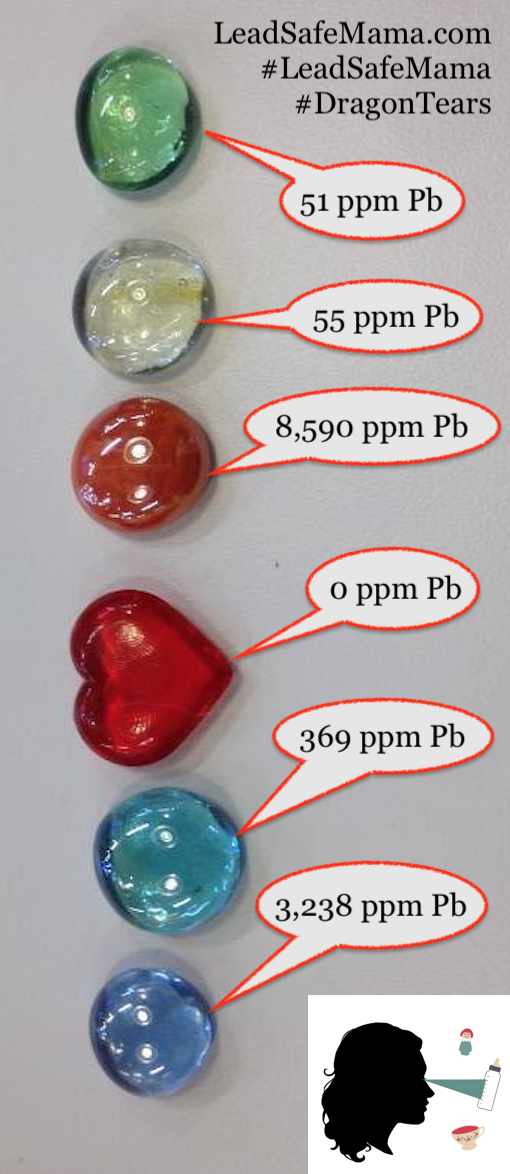
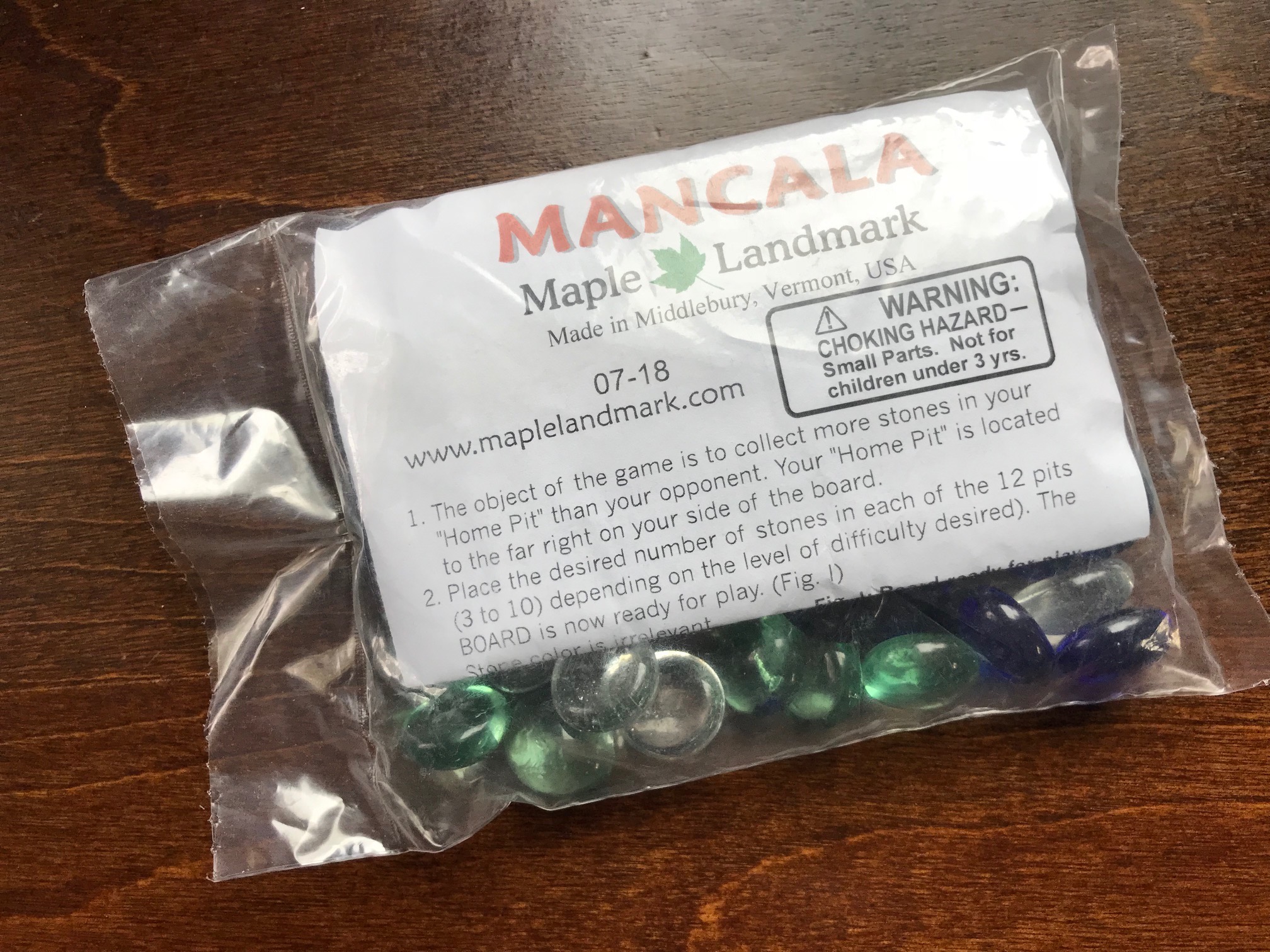
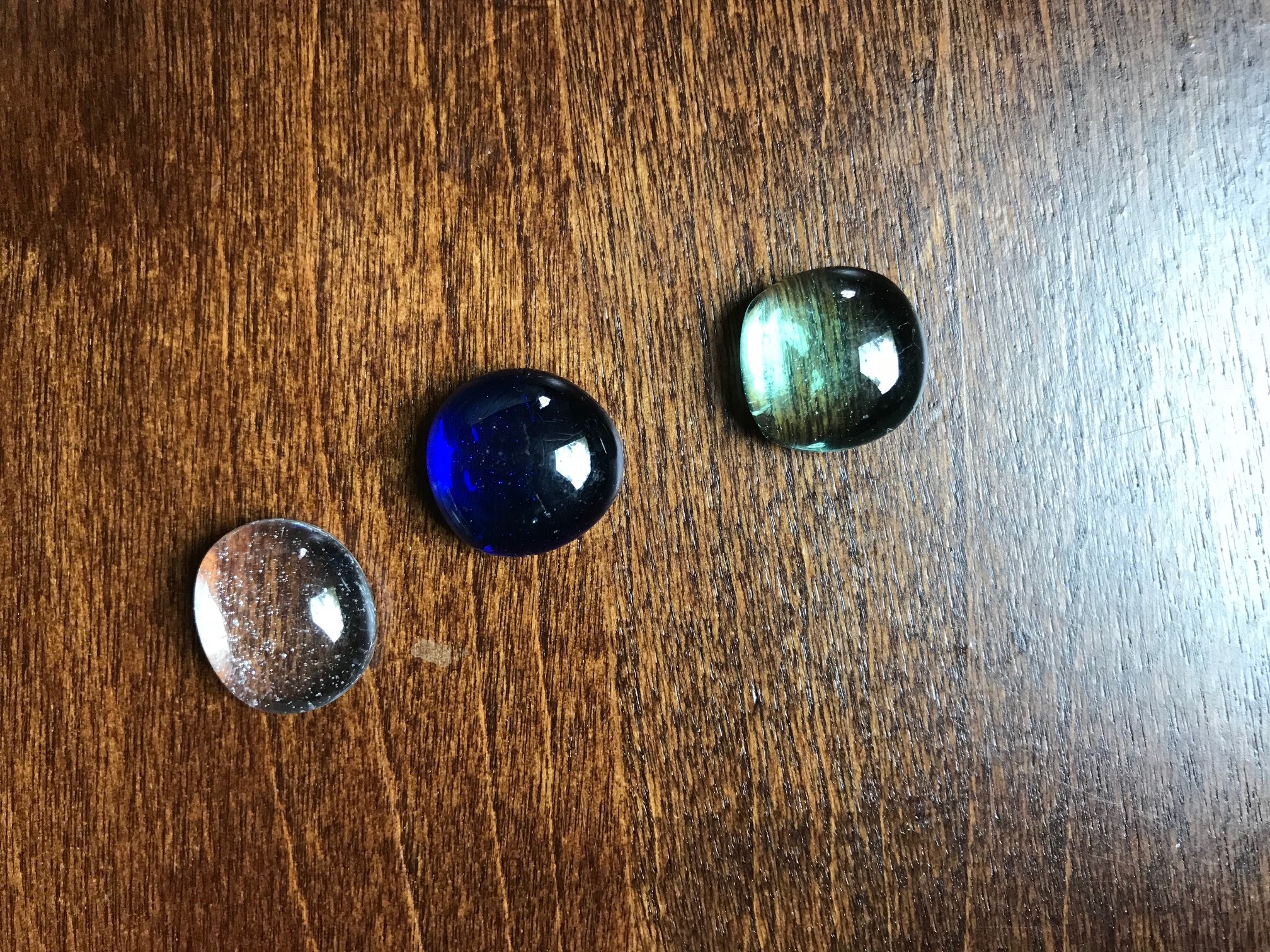
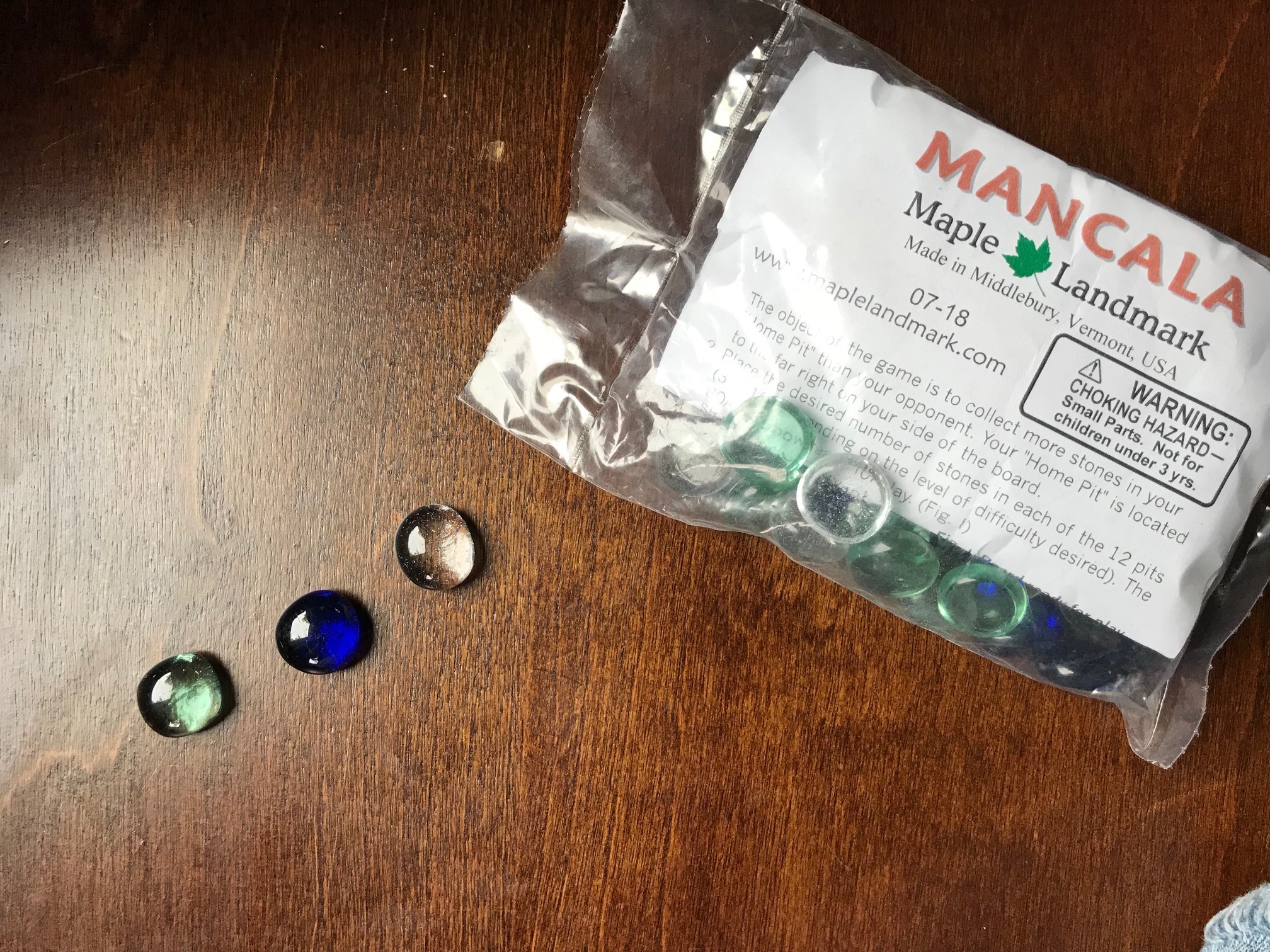
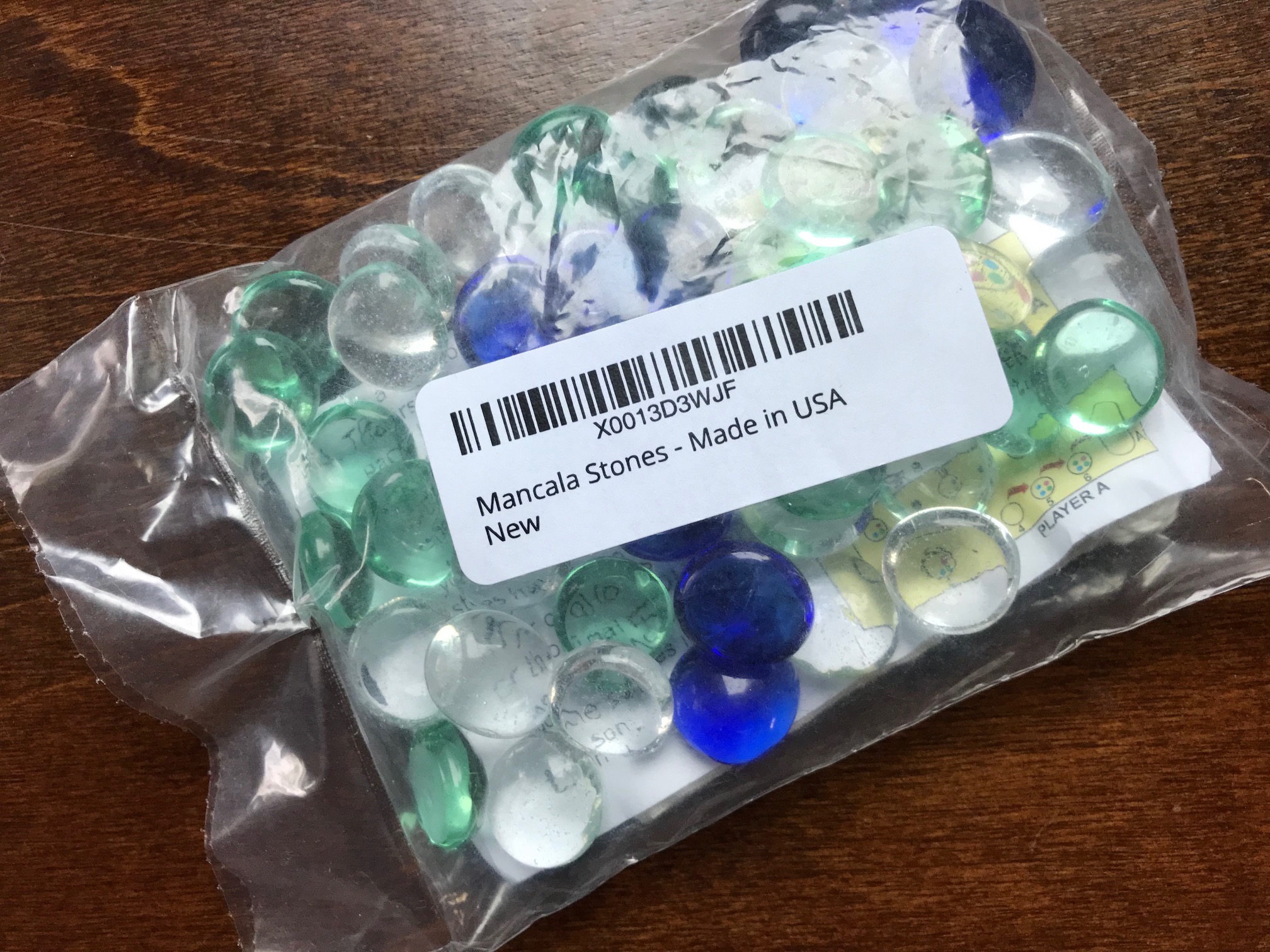

Hi Tamara,
i found a glass pebble/draggon tear in the nappy of my daughter today. She is 14 months old.
She probably swallowed it 2 days ago. Unfortunately it is one with an iridescent coating on the outside.
Do you have any suggetions what I can do? Get her blood tested?
I would be very happy to hear from you!
Cathy
Hi Cathy, Where do you live? Since you used the word “nappy” I am assuming not in the United States?
You may want to read this post for starters: https://tamararubin.com/2019/02/blood-lead-testing-please-get-everyone-in-the-family-tested-since-you-have-been-living-in-a-house-with-high-lead-paint/
Thanks for commenting. I hope things work out ok!
Tamara
Thanks for your quick reply!!!
You are right, I am from Austria.
I am just not sure if a single ingestion of a potentially contaminated piece justifies a blood draw. Maybe i am being too hyterical? If you think it is necessary, then when would be the best time? As soon as possible? Thank you so much for your support!
All the best
Cathy
Hi Cathy – with ingestion of an unknown but potentially high lead item I would consider getting a blood draw right away (better safe than sorry?!) A single ingestion of a contaminated piece could kill a child if it is not passed, and these things are sometimes (rarely) even made of leaded crystal. It’s up to you and if kiddo is not symptomatic you may choose not to, but the sooner you test the more likely you will have an accurate potential “high” level. And if your kiddo is negative (we hope!) then you will have a baseline to demonstrate their previous level if they ever tested positive in the future. Does that make sense? I truly wish my kids had been tested BEFORE they were poisoned – so we had a baseline! Have you seen my film yet? If you watch it it might help guide your decision – it is a documentary feature film (preview screener) and is 92 minutes long: https://youtu.be/eRKlaC2EjL0
Tamara
Where does the lead come from in these mancalas? is it from the paint/coloring inside?
Aren’t these just glass with coloring inside like a dye or ink?
Would you be willing to test the Dollar Tree floral marbles? Teal/blue/clear (similar colors to what you have shown) I just got a pack I was hoping to use as fermentation weights but can’t find out if they are food safe or not!